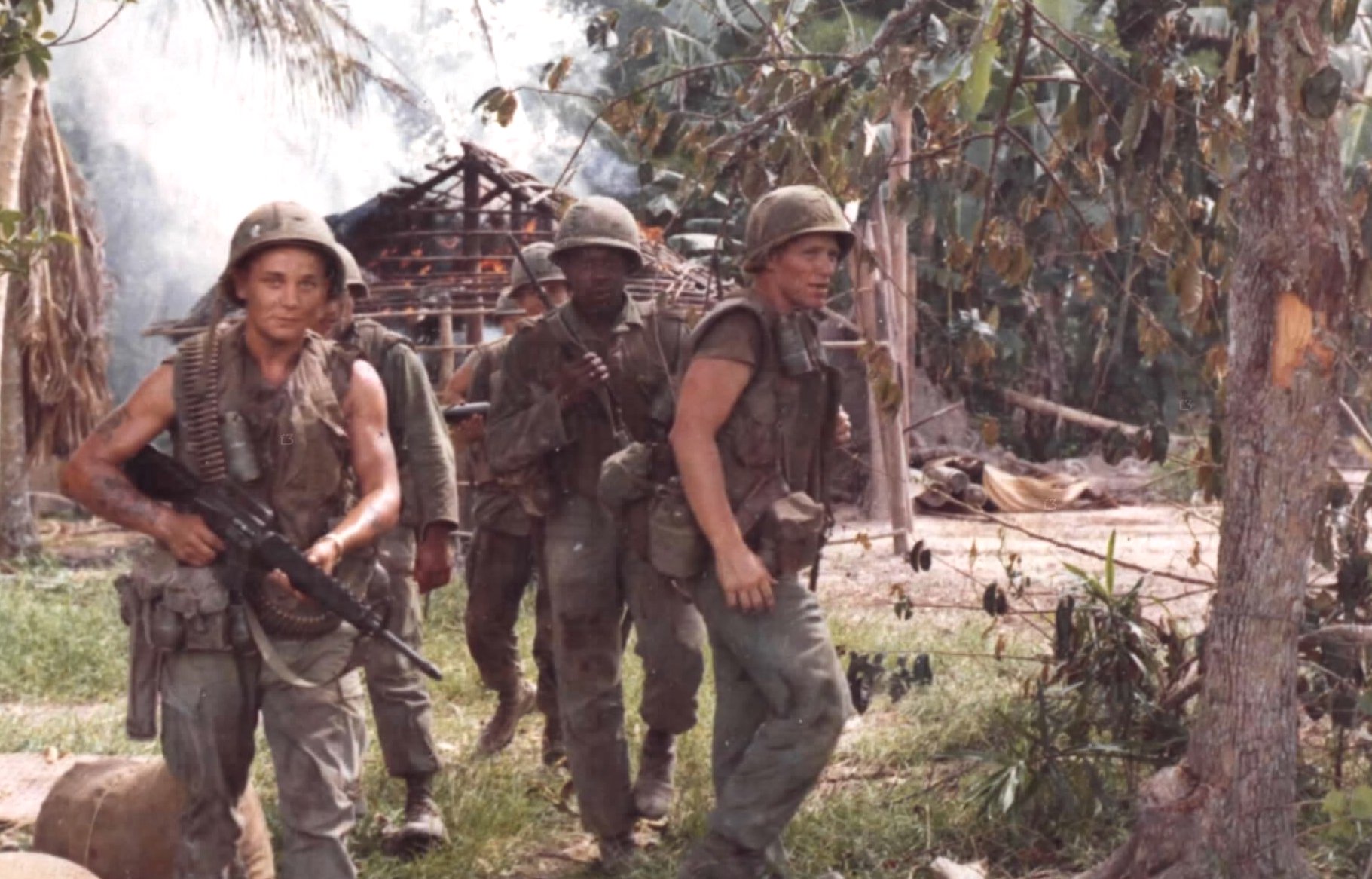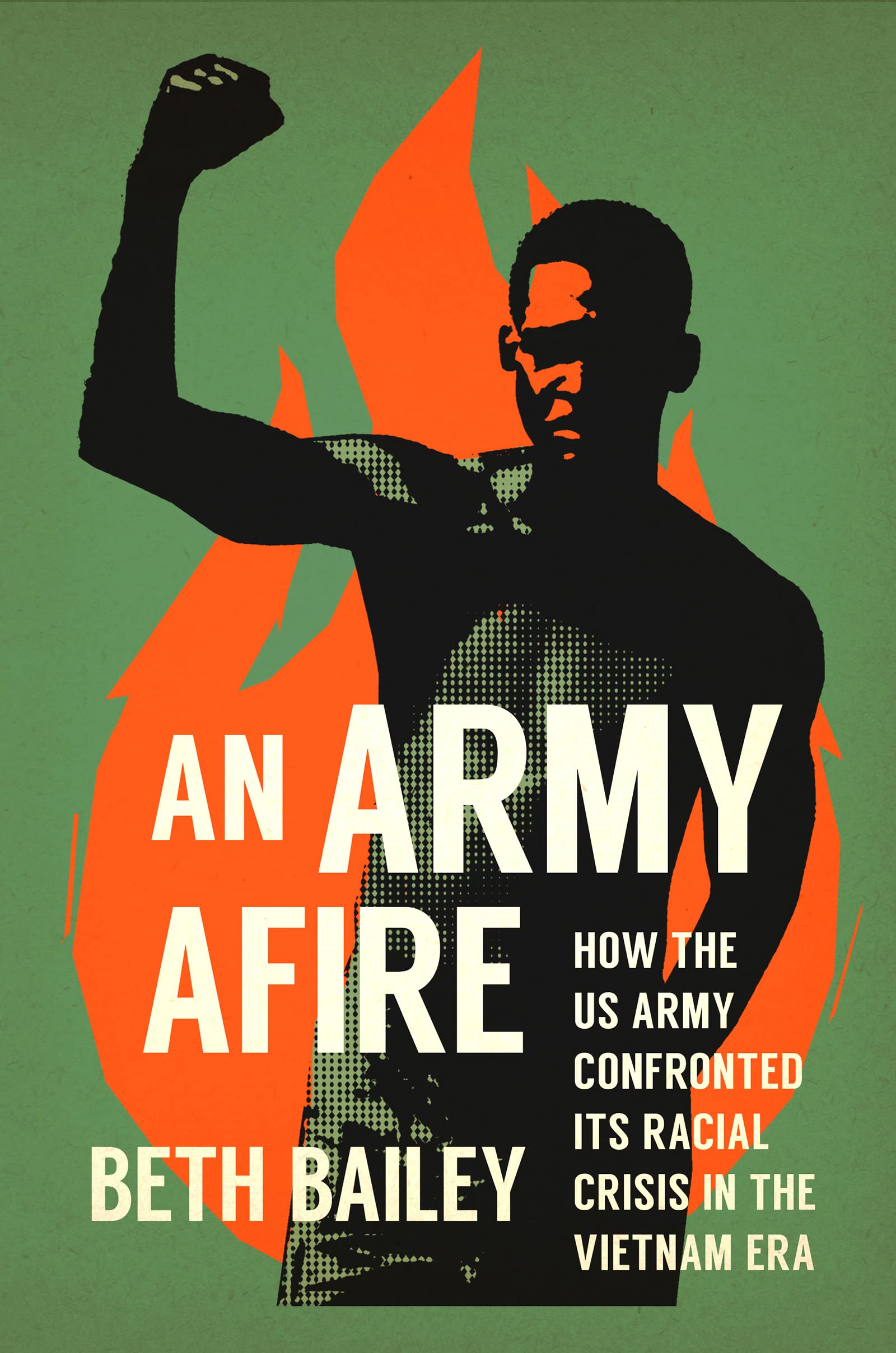US Army’s battle to solve own racial crisis during Vietnam War explored in new book

LAWRENCE — In 1968, the United States Army was fighting two wars: one against enemy forces in Vietnam, the other in its own barracks between soldiers of different races.
This racial unrest among the troops led to murders, riots, beatings, burnings and mass refusal to follow orders. A new generation of Black GIs were rejecting the treatment their forefathers had endured at the hands of a rigid military chain of command.
But how the Army effectively addressed this problem is the subject of a new book.

“People tend to assume that the Army is a profoundly conservative institution — and it is in many ways,” said Beth Bailey, Foundation Distinguished Professor in History and director of the Center for Military, War & Society Studies at the University of Kansas.
“Yet what I found and what I keep finding as I look at Army leaders trying to figure out what to do when they perceive a crisis is an enormous amount of creativity and flexibility.”
Bailey’s “An Army Afire: How the US Army Confronted Its Racial Crisis in the Vietnam Era” reveals how military leaders proved surprisingly innovative in confronting demands for racial justice, even willing to challenge their core principles of discipline, hierarchy and authority. It’s published by the University of North Carolina Press.
She emphasizes these racial issues were particularly volatile because of that specific moment in time. For instance, the Long Binh Jail uprising/riot in Saigon (in which 200 Black soldiers seized control) took place at exactly the same time tanks rolled onto the streets of Chicago during the 1968 Democratic National Convention.

“It was a period where young Black men were embracing notions of Black pride and Black power,” she said. “And it was a period where so many young men being conscripted into the military really didn’t want to be there.”
First, the Army turned to traditional problem-solving options such as training and education. This made little impact. At some point, the top brass decided they should listen to what their Black soldiers believed was causing such turmoil.
“What seemed to be upsetting them the most was hair,” she said.
As the armed forces in Vietnam became further enmeshed in a failing campaign and casualty rates were high, it seems like hair would not top the list of problems. Yet a survey at Fort Carson found that two out of five soldiers said hair policy was their greatest concern.
“So they experimented with letting people use symbols of identity. Young Black men were very conscious of these symbols that conveyed their Black identity and pride, and in so many cases the thing that mattered most to them was an Afro,” Bailey said.
Army leaders, worried about the impact of racial conflict on the institution’s ability to fulfill its mission of national defense, decided to loosen regulations and allow soldiers to display cultural symbols, including the Afro.
“But because the Army has to have universal regulations, once you say that a group can use cultural symbols, all groups have to be able to use cultural symbols. So white Southerners could now fly the Confederate flag — and that didn’t exactly improve race relations.”
Bailey includes a 1971 Beetle Bailey cartoon in her book that encapsulated the position leaders found themselves in. In Mort Walker’s hoary strip set in a fictional Army post, General Halftrack discusses the lone Black character, Lieutenant Flap, with a subordinate.
Halftrack says, “Look, I’m letting Lt. Flap keep the goatee, right? AND the Afro hairstyle? What more could he want?”
The follow-up panel shows Flap wearing a long fur coat and wide hat with a feather plume, looking just like a blaxploitation movie pimp.
She said, “Among many white officers, there was a sense of, ‘What more can they ask for?’”
Bailey began working on the book by requesting all the information available from the National Archives listed under: US Army and race.
“They sent me a thin file that had one piece of Xerox paper in it, which was an article about Maj. Lavell Merritt,” she said. “I begin the book with his story. He was a major in Vietnam who went into a press briefing in Saigon and distributed a statement that said, ‘The American military services are the strongest citadels of racism on the face of the earth.’”
Eventually, she unearthed thousands of pages concerning this topic.
A KU professor for the last eight years, Bailey has written and/or edited a dozen books, including “Managing Sex in the U.S. Military: Gender, Identity, and Behavior” (University of Nebraska Press, 2022), “Beyond Pearl Harbor: A Pacific History” (University Press of Kansas, 2019) and “America’s Army: Making the All-Volunteer Force” (Harvard University Press, 2009).
She believes her latest work is fundamentally about how an institution confronts demands for social change.
“The military is still struggling with how to address such problems, more having to do with gender than race these days. And I’m hoping this is going to be a book that military leaders find useful,” she said.
Bailey adds that it’s undeniable soldiers faced seemingly insurmountable systemic and institutional racism during the Vietnam War.
“So often when we think about systemic racism, we assume that means individuals don’t matter,” she said. “Over and over through this research, I found individuals who made a huge difference. That’s the optimistic lesson I take away from the book. Individuals matter, individual actions matter, and the things people learn over time matter.”
Top photo: Members of the United States' 14th Infantry conduct a search and destroy mission during the Vietnam War. Credit: WikiCommons.